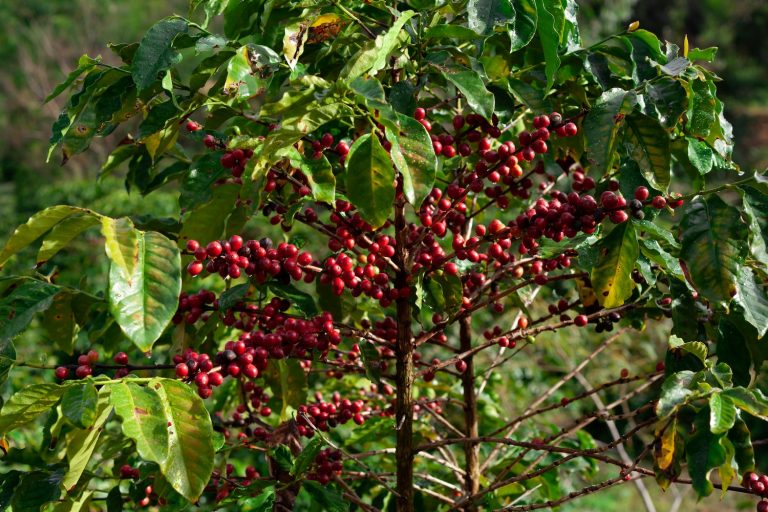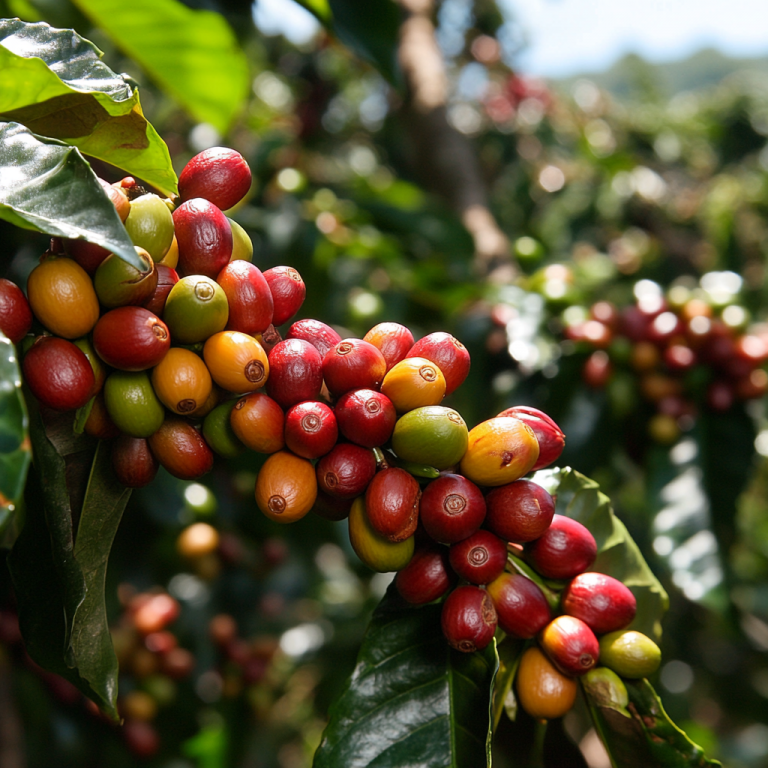Never a dull day in the coffee trade. We’ve talked about the challenges facing the industry quite recently, which you can find here, but we’ve spotted another couple of entries in the world’s journal on coffee that we’d like to share today.
First off, there’s an interesting piece in the news today. We might be facing a global coffee crisis, according to experts speaking to the Dutch media outlet NU.nl. Climate change is driving up the price of coffee. This week, the price of Arabica beans rose sharply again on fears of frost in Brazil. Increasing weather extremes will not stop there.
The demand for good coffee is increasing worldwide. Not just in the well-known markets, but in China too – according to ECNS, there is an upward trend as western-style beverages are becoming more popular. “Driven by a burgeoning middle-income earner group and a rising demand for Western-style beverages, China’s coffee imports will rise, positioning the country as a key player in the global coffee industry.” At the same time, good coffee is becoming scarce. A difficult crop like coffee does not fare well with extreme weather. By the end of this century, between 35 and 75 per cent of the global coffee supply could be gone, is the fear expressed by various experts and coffee watchers in the NU.nl-article.

Coffee crisis?
For instance, we will start paying more, for worse coffee, if you ask Massimo Battaglia of Italy’s Accademia del Caffè Espresso, an organization that helps farmers transition in adapting to the new climate. ‘The coffee becomes darker, more bitter with more caffeine. That’s the coffee of the future.’
If true, it would be a harsh reality for his country. Not a single coffee bean grows there, but Italians by and large can’t go a day without good coffee. And neither can we, to be honest. But consumers should probably get used to experiencing a different taste. A 2022 study that modelled current and future suitability of coffee arabica (as well as cashew and avocado) found that the arabica bean was most vulnerable to climate change. Adaptation seems the key word when increased heat reduces production, which includes replacing arabica with robusta, a bean more inclined to the harsh conditions – but not without its limits either.
“Estimates show that 30 years from now, basically 50% of coffee lands as we know them today will not be viable for coffee production anymore”, Philipp Navratil (global head of Nestle’s coffee strategic business unit) said to Bloomberg.
Adaptation
There are more than 200 studies on coffee and climate change and all of them bring bad news, says Aaron Davis, coffee expert at the Royal Botanic Gardens in London, in the aforementioned NU.nl article. Davis has been researching all things coffee for 30 years, including studying the forgotten species (and possibly one that could prove very useful in the battle against climate change). The quality of coffee is eroding everywhere, he says Davis. ‘Wherever I am – Africa, Madagascar, Asia – everyone is talking about changes in weather patterns. Some farmers are on the verge of quitting coffee. Because the climate has changed so dramatically.’ In Colombia, where more than half a million families grow coffee, there are problems with increasing intensity, confirms coffee farmer Edilson Idrovo, whose family has been growing coffee for decades. ‘You used to have a good harvest in April-May. You saved some for July-August, because those were the bad times.’ Now all times are uncertain, he says. ‘The weather is erratic. The climate affects the harvest and the growth of the beans. And if the winter harvest can fail just like that, you lose your whole production.’
Extreme weather also affects biggest coffee producer Brazil and regional coffee superpower Ethiopia, which derives a third of its export income from coffee. ‘There are about 60 countries that export coffee on a large scale,’ says Davis. In fact, for a dozen to 20 countries, coffee is the main export product. ‘If those stop exporting coffee, the impact on their economies will be huge.’ He thinks we should start paying more for coffee. ‘There is no way around that. That extra revenue from price increases has to go to farmers. Because without producers, we don’t have a coffee industry.’
Battaglia agrees. ‘A cup of coffee costs one euro in Italy,’ he says. ‘Three to five cents go to the producer. That doesn’t improve the producer’s life.’
Climate change is a force felt everywhere. It is a catalyst for innovation and adaptation – for industries as well as trade, infrastructure and political systems. Along with rising temperatures and unpredictable weather conditions, supply chain disruptions have included container shortages, shipping delays, port congestions, labor shortages, increased consumption, and higher premiums for specialty coffee – but the biggest challenges may still be ahead of us.


